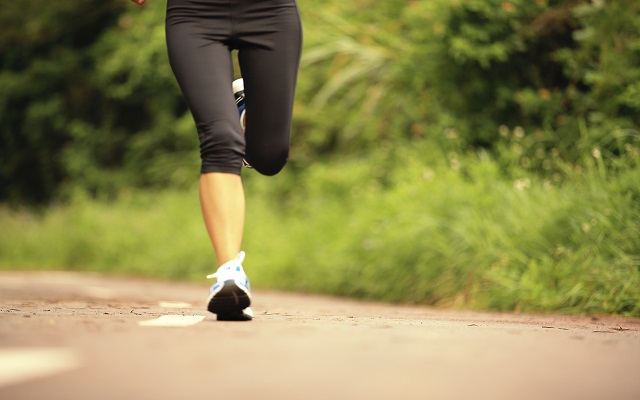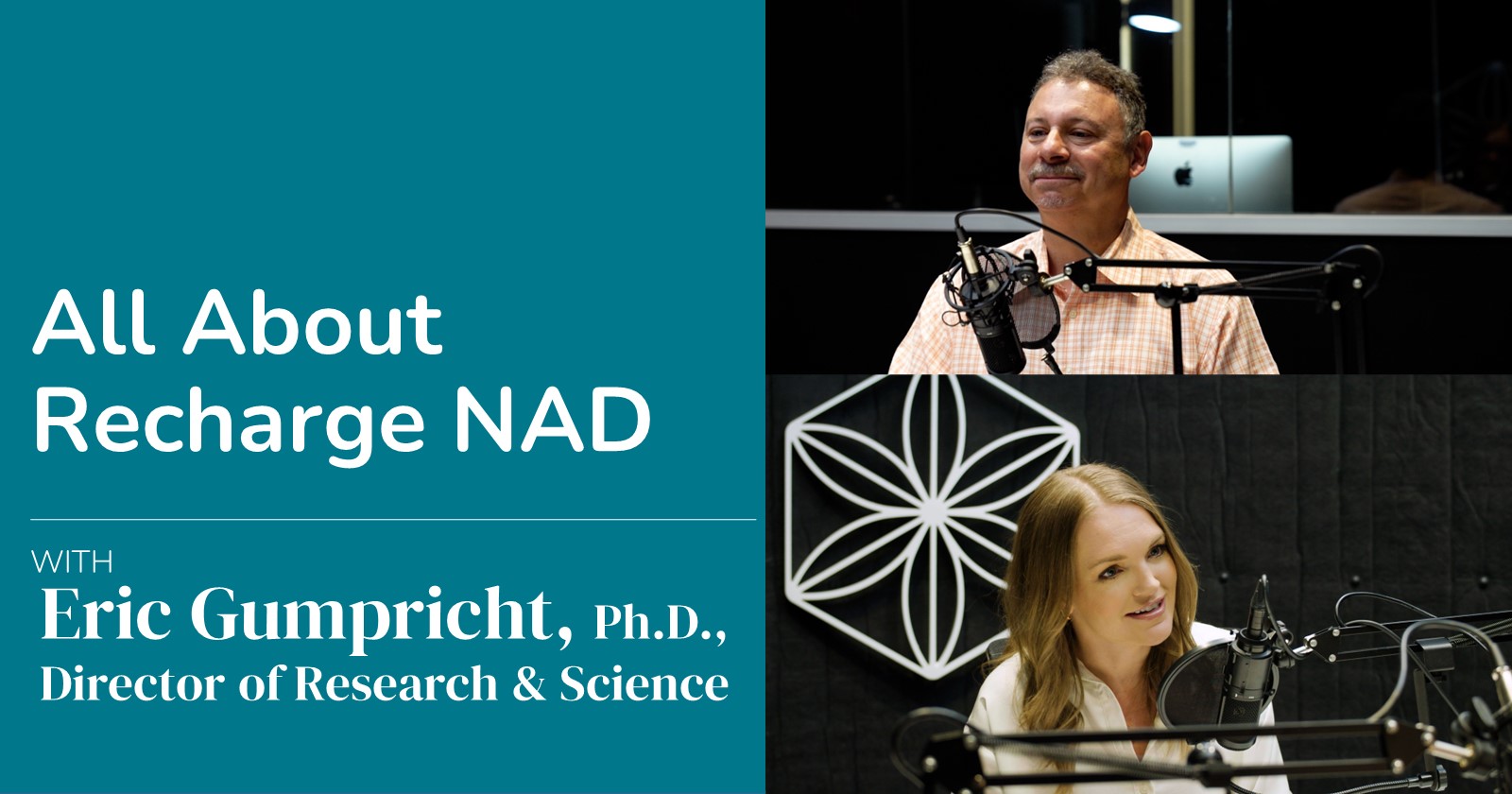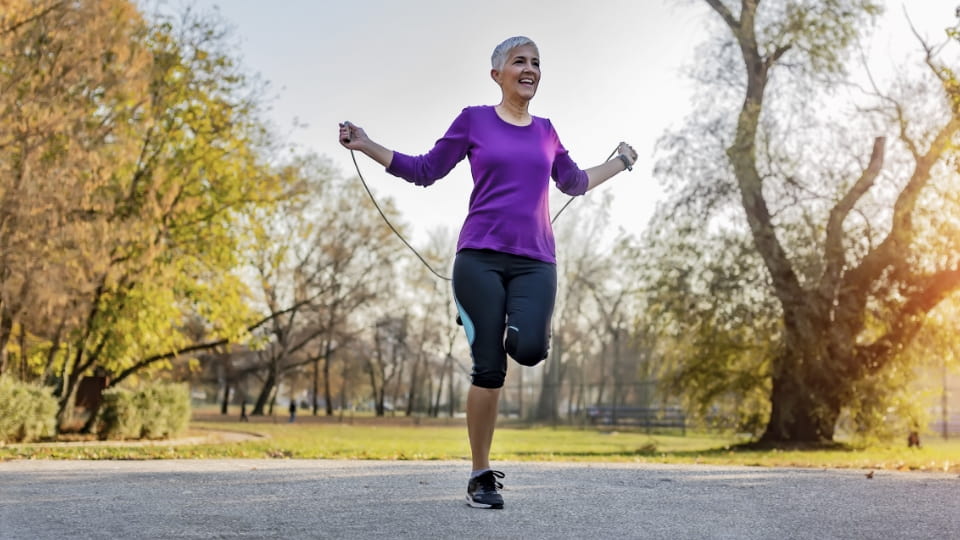Try this simple test: Sit down on the ground and get up using only your legs. Don’t rush, but see if you can do it without using your hands, elbows, or knees.
If you’re successful at this exercise even after age 40, it could mean that you and your brain are aging more gracefully than most.
The “sitting-rising test” (SRT) is a simple exercise that scientists use to evaluate muscle fitness and total body flexibility. Research suggests that this test also provides a glimpse into how well our bodies have aged biologically and our brains have aged over time.
In a 2014 study published in the European Journal of Preventative Cardiology, scientists reported new findings that older adults who were able to perform SRT unaided, or with minimal support, tended to have longer lives than those who couldn’t (1).
The researchers suggests that as mobility and muscle fitness increase, as determined by SRT measures, so do the chances of a better quality of life (1).
Taking data collected from 1997 to 2004, the scientists evaluated SRT scores as an assessment of muscle and mobility fitness of just over 2,000 elderly volunteers. After following the subjects for a little longer than six years, they found that the lower their SRT scores, the higher their risk of injuries and mortality (1).
In addition, the scientists found that higher SRT scores, and SRT scores that increased over the six years, were associated with lower risk for injury and a reduced rate of mortality (1).
Leg muscles in particular appear to matter more when outsmarting mortality (2). One reason may be because leg muscle power happens to be an excellent predictor of cognitive fitness, according to a 2015 study published in Journal of Gerontology (2).
In a 10-year observational study, gerontologists from King’s College followed 324 healthy female twins, ages 43 to 74, from 1999 to 2009. At baseline, they measured each twin’s cognition through well-regarded methods and leg muscle power as a predicted marker of cognition. At the end of the study, the researchers made follow-up measurements and found leg muscle power was the most accurate predictor of cognition (2).
According to the scientists, in each case, the twin with the fittest leg muscles also had the fittest brain. The scientists suggested that people could maintain their brain health longer by increasing their leg muscle power (2).
Based on the evidence, the researchers conclude that any physical activity that supports muscle maintenance over time will also be a support to long-term cognitive and physical aging outcomes (2).
The way leg power aids cognitive fitness has to do with how regular exercise improves many pathways in the brain, including those related to learning, memory, and mood. One reason why exercise works is because it increases the brain’s synaptic strength and resilience (3). In addition, exercise stimulates growth of new brain cells and the connections between them (3).
The Takeaway
So let’s get back to where we started: sitting and rising quickly. How can you improve your SRT scores for a better brain and longer life?
There’s no need to go to extremes with your exercise routine. There are many leg-strengthening exercises that do not include running a marathon or becoming a power lifer.
According to scientists, engaging in simple activities that increase leg muscle fitness will aid the brain (3). These include exercises like walking, jogging, step climbing, and weight training.
References
- Brito L, Ricardo D, De Araújo D et al. Ability to sit and rise from the floor as a predictor of all-cause mortality. Eur J Prevent Cardiol. 2014;21(7):892-8.
- Steves C, Mehta M, Jackson S et al. Kicking back cognitive ageing: Leg power predicts cognitive ageing after ten years in older female twins. Gerontology. 2015 Nov 10. [Epub ahead of print]
- Cotman W, Berchtold C, Christie L. Exercise builds brain health: Key roles of growth factor cascades and inflammation. Trends in Neurosciences. 2007;30(9):464-472.





